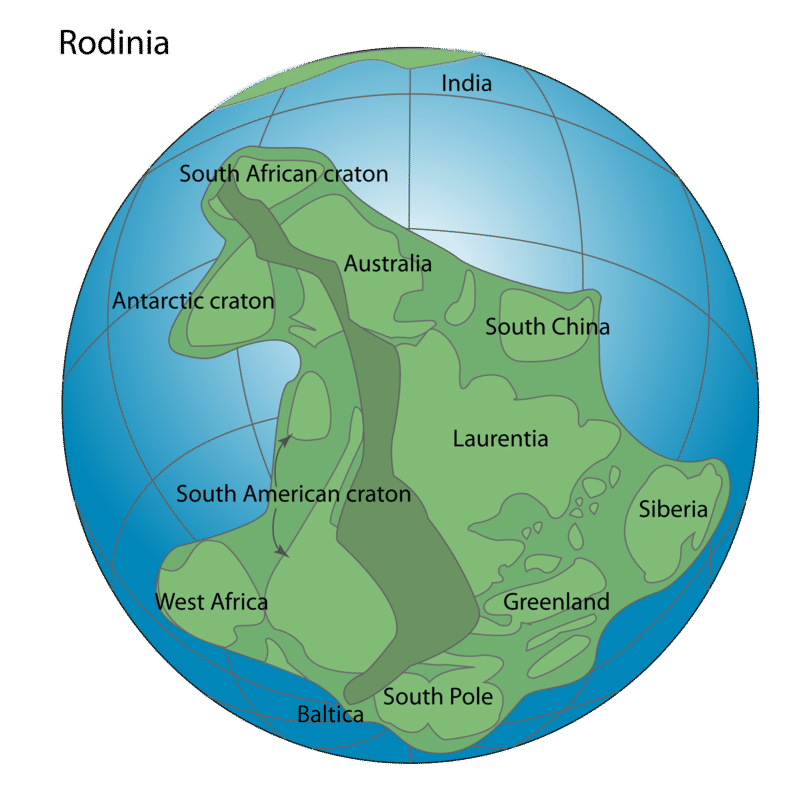READ: Geology Basics
READ: Geology Basics
The locations of natural resources depend on geologic processes. This reading will help you review some basic geology concepts so that you can better understand the distribution of natural resources.
Rock Types
Geologists group rocks based on how they form. There are three major rock types.
- Igneous rocks form when magma cools below Earth’s surface or lava cools at the surface. Some examples of igneous rocks would be lava rock, granite, and obsidian.
- Sedimentary rocks form when sediments are compacted and cemented together.Sediments are pieces of rock. They may be gravel, sand, silt, or clay. Some sedimentary rocks form the solid minerals left behind after a liquid evaporates. Some examples of sedimentary rock would be sandstone, shale, and limestone.
- Metamorphic rocks form when an existing rock is changed by heat or pressure. The minerals in the rock change but do not melt. The rock experiences these changes within the Earth. Marble is an example of a metamorphic rock.
Rocks can change from one type to another. The rock cycle describes how this happens. The rock cycle, illustrated in the figure below, depicts how the three major rock types convert from one to another. Arrows connecting the rock types represent the processes that accomplish these changes.
Plate Tectonics
The Earth's crust is made up of plates. The plates move around on Earth's surface and are continually recycled over long periods of time as pieces of crust are created at mid-ocean ridges and destroyed when it sinks back into Earth's mantle.
Two plates meet at a plate boundary. Most geological activity takes place at plate boundaries. This activity includes volcanoes, earthquakes, and mountain building.
Summary
